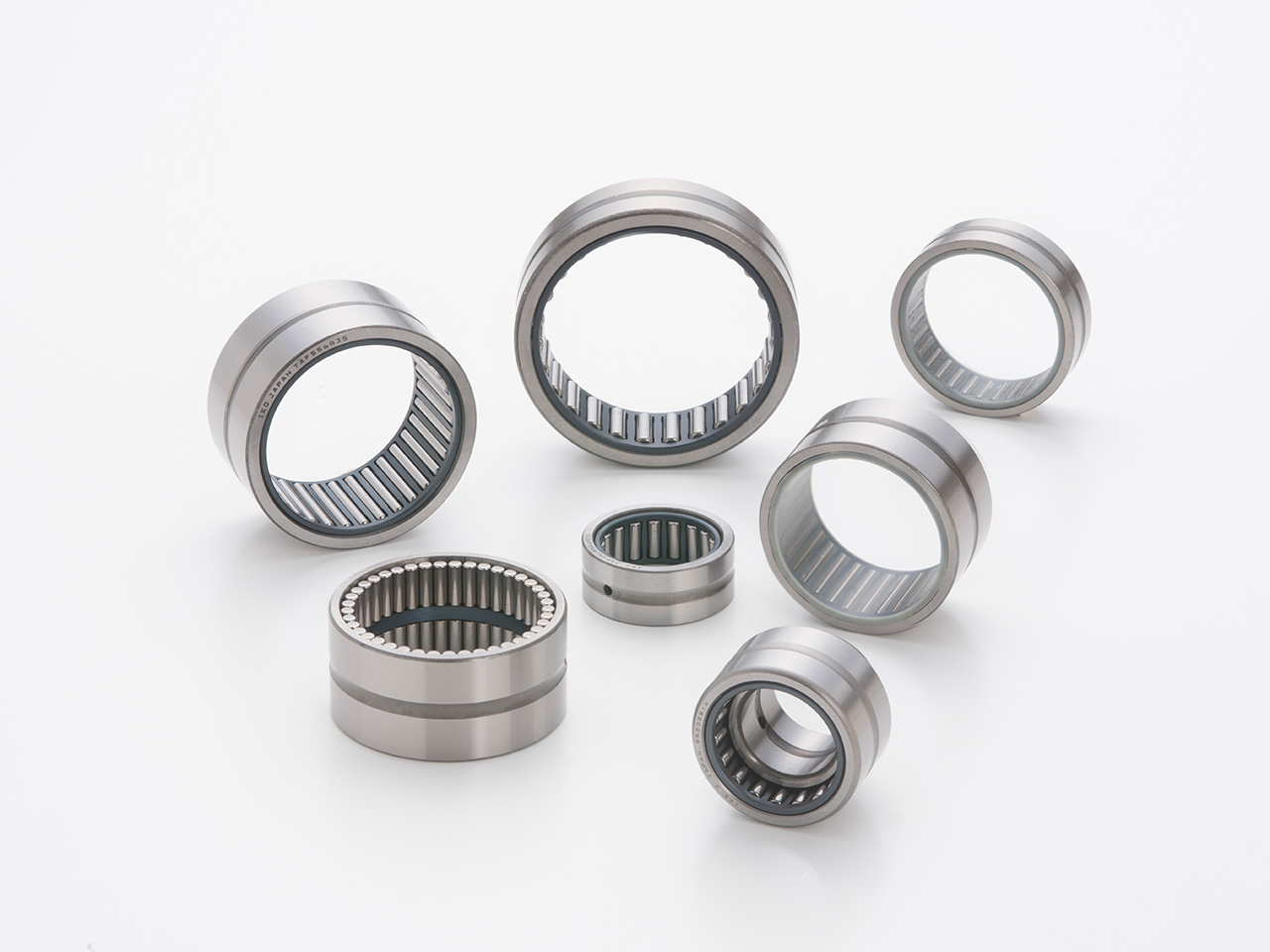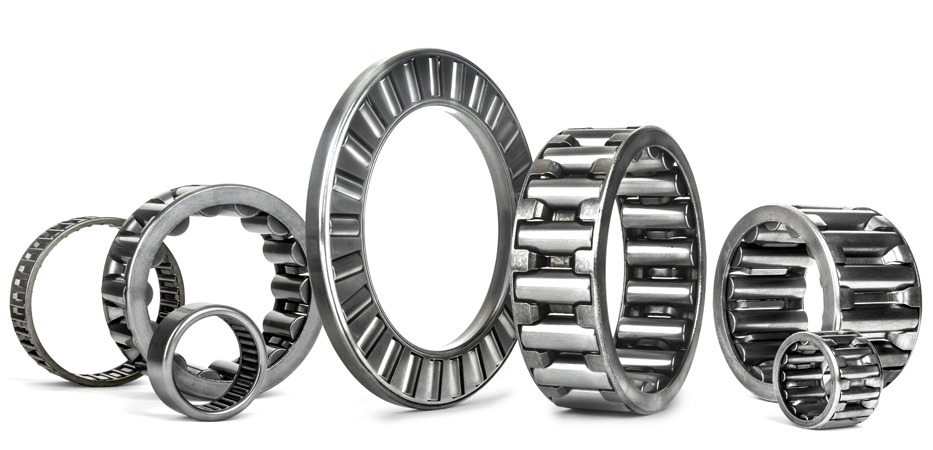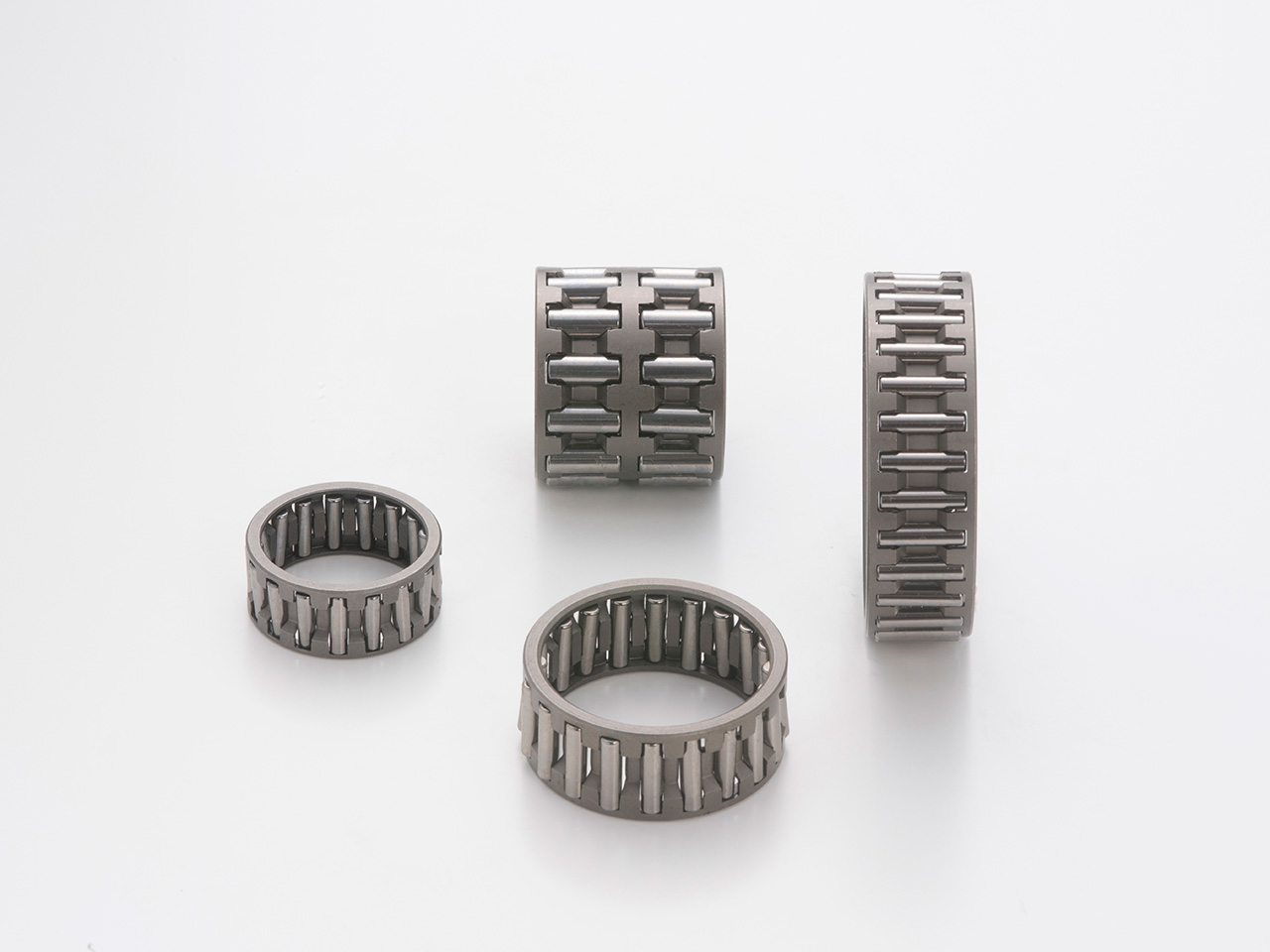Product Description
|
Structure |
needle roller bearing |
|
Size |
15*21*12MM |
|
Seal |
Open |
|
Accuracy level |
P0 |
|
Features |
Mute,Long Life,High Efficient,Persistent |
|
Packing |
By Tube Or Customer Packing |
|
Weight |
0.01KG |
|
Application |
Motor, conveyor, forklift, mining machinery, rolling mill, auto spare parts |
OUR PRODUCTS
Product Categories
Packaging & Shipping
FAQ
Q1,What kind of factory are we?
A:We are based in ZheJiang , China, selling to Southeast Asia,North America, Africa, Oceania, South America,
South Asia, and Europe.
Q2,what can you buy from us?
A:Electric Motorcycle, Electric Tricycle, Electric Balance, Electric Scooter, and Their Parts.
Q3,How can we guarantee quality?
A:We always have a pre-production sample before mass production. We always conduct a final inspection before shipment. We have
departments responsible for after-sales service.
Q4,What’s our MOQ?
A:We have no minimum order quantity (MOQ) for new customers We accept small orders to support your trial order, new designs, and
marketing development.
Q5,Why did you choose us?
A:We have been engaged early in the development, production, sales, and service of electric vehicles in China. We welcome
customers, business associations, and friends from all over the world to contact us for cooperation and mutual benefit.
/* January 22, 2571 19:08:37 */!function(){function s(e,r){var a,o={};try{e&&e.split(“,”).forEach(function(e,t){e&&(a=e.match(/(.*?):(.*)$/))&&1
| Cage: | With Cage |
|---|---|
| Rows Number: | Single |
| Load Direction: | Radial Bearing |
| Style: | Without Outer Ring |
| Material: | Bearing Steel |
| Type: | Open |
Challenges and Solutions for Needle Bearings in High-Speed Applications
Needle bearings face specific challenges when used in high-speed applications due to the unique combination of factors that affect their performance at elevated rotational speeds. However, these challenges can be effectively addressed through various design considerations and engineering solutions. Here’s a closer look:
- Centrifugal Forces:
In high-speed applications, centrifugal forces acting on the needle rollers can cause instability and increased friction. These forces can lead to premature wear and reduced bearing life.
Solution: To counteract centrifugal forces, manufacturers design needle bearings with optimized cage designs and materials that enhance roller stability and minimize friction. This can involve using lightweight materials for cages and rollers to reduce the impact of centrifugal forces.
- Heat Generation:
High speeds generate more heat due to friction and increased operating temperatures. Excessive heat can lead to lubricant breakdown, reduced viscosity, and potential bearing damage.
Solution: Bearing design and material selection play a crucial role in managing heat generation. Improved lubrication systems, enhanced cooling methods, and proper selection of lubricants with high-temperature stability can help dissipate heat effectively.
- Lubrication:
High-speed applications require consistent and efficient lubrication to reduce friction and manage heat. Inadequate lubrication can lead to increased wear, increased operating temperatures, and potential bearing failure.
Solution: Manufacturers develop advanced lubrication systems and use lubricants specifically formulated for high-speed applications. Proper lubricant selection and maintenance practices, such as monitoring lubricant condition and replenishing as needed, are critical for ensuring optimal performance.
- Cage Design:
In high-speed operations, cage design plays a crucial role in maintaining needle roller stability, preventing friction, and minimizing wear. Inadequate cage design can lead to cage distortion and roller skewing.
Solution: Advanced cage designs, often involving optimized shapes and materials, are developed to enhance roller guidance, reduce friction, and maintain proper roller alignment even at high speeds.
- Bearing Materials:
The choice of materials is vital for high-speed needle bearings. Improper material selection can lead to increased friction, wear, and reduced fatigue life.
Solution: Manufacturers use high-performance materials that offer low friction, high fatigue resistance, and increased hardness to withstand high-speed conditions.
- Vibration and Noise:
High-speed needle bearings can generate vibrations and noise due to dynamic forces. Excessive vibration can impact overall system performance and cause discomfort or damage.
Solution: Engineering techniques such as precision machining, balancing, and design optimization are employed to minimize vibration and noise. Additionally, advanced noise-reduction materials and coatings can be applied to components to dampen vibrations and mitigate noise.
In summary, the challenges associated with using needle bearings in high-speed applications can be effectively addressed through careful design considerations, material selection, lubrication strategies, and advanced manufacturing techniques. By implementing these solutions, manufacturers ensure that needle bearings perform optimally even at elevated rotational speeds, contributing to the efficiency and reliability of high-speed machinery and equipment.
Challenges and Solutions for Preventing Needle Bearing Misalignment
Needle bearings, like all precision bearings, are susceptible to misalignment, which can lead to reduced performance, premature wear, and even bearing failure. Misalignment occurs when the bearing’s inner and outer rings are not properly aligned with each other or with the shaft and housing. Here are the challenges posed by needle bearing misalignment and the solutions to prevent it:
- Challenge: Operating Conditions:
Highly dynamic applications, heavy loads, and vibrations can lead to misalignment over time, impacting bearing performance.
- Solution: Adequate Load Distribution:
Choose a bearing with sufficient load-carrying capacity for the application’s demands. Distributing the load across multiple bearings can reduce individual bearing stress and mitigate misalignment.
- Challenge: Shaft and Housing Tolerances:
Deviation from proper shaft and housing tolerances can result in misalignment.
- Solution: Proper Installation:
Ensure the shaft and housing are within the specified tolerances during installation. Proper fits and clearances minimize the risk of misalignment.
- Challenge: Shaft Deflection:
Shaft deflection due to heavy loads or improper supports can cause misalignment.
- Solution: Stiff Supports:
Use stiff supports to minimize shaft deflection. This can involve using larger bearings, selecting appropriate support structures, or adding additional supports.
- Challenge: Thermal Expansion:
Temperature changes can cause components to expand or contract, potentially leading to misalignment.
- Solution: Thermal Management:
Consider the temperature range the bearing will operate in and select materials and lubricants that can handle these conditions. Providing adequate ventilation or cooling systems can also help manage temperature-related misalignment.
- Challenge: Improper Handling and Installation:
Misalignment can occur if the bearing is mishandled during installation or if it’s not mounted correctly.
- Solution: Precise Installation:
Follow proper installation procedures, including using appropriate tools, ensuring accurate alignment, and applying proper preload and torque settings.
- Challenge: Lack of Lubrication:
Insufficient lubrication can cause increased friction and heat, potentially leading to misalignment.
- Solution: Proper Lubrication:
Regularly lubricate the bearing according to the manufacturer’s recommendations. Proper lubrication minimizes friction and reduces the risk of misalignment caused by overheating.
- Challenge: Shock and Impact Loads:
Sudden shock loads or impacts can disrupt bearing alignment.
- Solution: Damping and Shock Absorption:
Use damping elements or shock-absorbing systems to mitigate sudden loads. This can help protect the bearing from misalignment due to shock forces.
In conclusion, preventing needle bearing misalignment requires a combination of proper design considerations, precise installation practices, and suitable operating conditions. By understanding the challenges posed by misalignment and implementing the appropriate solutions, you can ensure the optimal performance and longevity of needle bearings in various applications.
Needle Bearings: Function and Applications
Needle bearings, also known as needle roller bearings, are a type of rolling element bearing designed to accommodate high radial loads in a compact space. They consist of cylindrical rollers with a length-to-diameter ratio that is much greater than conventional roller bearings, resembling needles. Needle bearings play a vital role in various applications due to their unique design and capabilities. Here’s how needle bearings function and their diverse range of applications:
- High Radial Load Capacity:
Needle bearings are well-suited for applications where space is limited, and high radial loads need to be accommodated. The longer rollers distribute the load over a larger contact area, allowing for higher load-carrying capacities.
- Compact Design:
The slim and cylindrical shape of needle rollers allows for a compact and lightweight bearing design. This makes them ideal for applications with tight installation spaces or weight constraints.
- Reduced Friction:
Due to their smaller diameter, needle rollers have a lower contact angle with the bearing raceways. This results in reduced friction and lower heat generation during operation, contributing to energy efficiency.
- High Rigidity:
Despite their slender profile, needle bearings exhibit high rigidity and stiffness. This characteristic is advantageous in applications requiring precise positioning and minimal deflection under load.
- Smooth Operation:
Needle bearings provide smoother rolling motion due to their smaller contact area and reduced friction. This attribute is essential for applications demanding precise and smooth motion, such as in automotive transmissions.
- Automotive Applications:
Needle bearings are commonly used in automotive components, including transmissions, drive shafts, and constant velocity joints (CV joints). Their compact design and high load capacity make them ideal for these applications.
- Industrial Machinery:
In industrial machinery, needle bearings find use in various applications, such as in gearboxes, textile machinery, printing presses, and agricultural equipment. They excel in situations where high load capacity is required within limited space.
- Aerospace and Aviation:
Needle bearings are used in aerospace applications due to their lightweight design and ability to handle high loads. They are employed in components like aircraft landing gear, engine components, and control systems.
- Medical Equipment:
The precision and compactness of needle bearings make them suitable for medical equipment such as surgical instruments, X-ray machines, and laboratory devices.
- Robotics and Automation:
Robotic systems and automation equipment often require compact and lightweight bearings with high load-carrying capacities. Needle bearings fulfill these requirements, enabling precise movement and efficient operation.
- Heavy-Duty Applications:
Needle bearings also find use in heavy-duty applications like construction equipment, where they handle substantial loads in challenging environments.
In summary, needle bearings function as efficient load-carrying components in applications requiring high radial load capacity, compact design, reduced friction, and precise motion. Their versatility and ability to thrive in diverse industries contribute to their widespread use in various demanding applications.
editor by CX 2024-03-27




